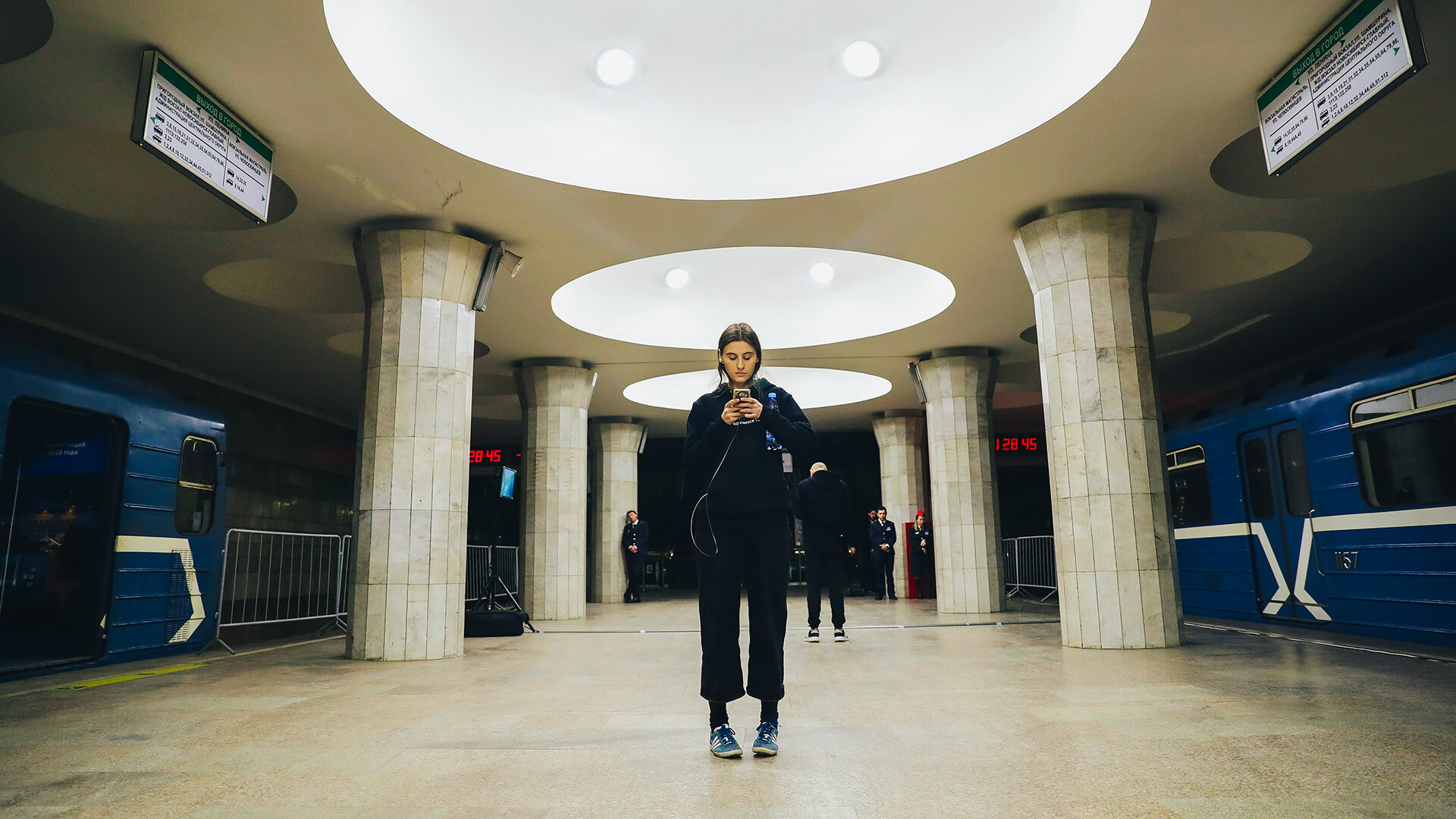The Siberian metro: 7 facts about the most extreme subway in the world

Novosibirsk Metro is one of the seven underground transport systems operating in Russia (besides Novosibirsk, there are subways in Moscow, St. Petersburg, Nizhny Novgorod, Samara, Kazan and Yekaterinburg). This is by far the most eastern subway in the country and the only one in Siberia. And here’s why.
1. Fighting the climate

Novosibirsk Metro is often dubbed the “most extreme in the world”, but this does not mean that it is dangerous to ride! The reason is that this Siberian city has a rather harsh climate. The average annual temperature can drop below zero, winters are long and consistently cold (often below minus 30°C), while summers can be very hot (you can read more about Siberian climate here).

The construction and maintenance of a subway system in conditions with such temperature fluctuations is, indeed, extreme.
2. The third busiest in Russia

The Novosibirsk Metro consists of two lines with one interchange in the center. There are a total of 13 stations and it is almost 16 km long. Despite its modest size, it transports an average of 80 million passengers a year (in 2022, it transported 77.3 million) and over 200 thousand per day, which makes it the third busiest in the country after Moscow (over 7 million people a day) and St. Petersburg (over 2.5 million people a day).
3. The memory of a vanished city

‘Rechnoy Vokzal’ ('River Terminal') is one of the most remarkable stations.
The circular stained-glass windows depict the cities of Siberia: Novosibirsk, Omsk, Barnaul, Tomsk, Biysk, Novokuznetsk, Tyumen, Tobolsk and Mangazeya. And, if you can find all the other cities on the map, Mangazeya disappeared so long ago that modern researchers still cannot come to a consensus, not only about its location, but also about the fact of its existence, in general.
According to official history books, Mangazeya was the first Russian town in the Subarctic (on Yamal Peninsula, Western Siberia), founded by colonists in 1601. It was a rich trading town, through which the sea route from Europe to Asia passed. It was mostly used by the Pomors. However, already in the middle of the 17th century, this sea route was banned, as the state could not provide customs control and, by the end of the century, the city ceased to exist.
4. Metro entrances are often located in residential buildings

Another interesting feature of the Novosibirsk Metro is that station entrance halls are built into residential buildings. In other cities, this is rather an exception, but such a configuration is quite logical in Novosibirsk. The fact is that the city grew very rapidly, with its population reaching one million already in 1962 and, when the subway was opened in 1986, the building development was already dense and the subway lines had to pass directly under the buildings.
In addition, the subway is not deep (the deepest station is ‘Sibirskaya’ ('Siberian'), located 16 meters underground).
This is where you can also find such entrance/exit halls.
5. The world’s longest metro bridge

To get from ‘Rechnoy Vokzal’ to ‘Studencheskaya’ ('Student'), the train has to cross the Ob River on a bridge, which takes 4 minutes, on average.
The length of the subway bridge that connects these banks is 2,145 meters (896 meters directly across the river). Because of temperature changes in winter, the bridge shrinks by 50 cm, while, in the summer, it stretches back out. It was opened in 1986 and is still the longest in the world.

However, one will hardly be able to enjoy the views of the great Siberian river, as most of the tracks are closed to protect trains from the wind.
In 2023, ‘Sportivnaya’ ('Sports') station is scheduled to open on the bridge, which will be the 14th station.
6. Both tokens and cards

Novosibirsk Metro was the first in Russia to switch to an electronic payment system. The first transport cards appeared here in 1996 (in Moscow - in 1997) and the ability to pay directly by bank card - since 2016 (in Moscow in the same year, but a couple of months later). But, if in Moscow, metal tokens (special round coins, which had to be dropped into the turnstile slot) were no longer accepted in the subway in 1999, they remained in Novosibirsk. That is, you can pay with tokens, as well as transport and bank cards.
7. What about other Siberian subways?

There were plans to build other Siberian underground transport systems, as well. For example, back in the 1990s, it was planned to open a subway in the neighboring city of Omsk. There is already ONE station there, which has since become a real piece of art in the city (read more about it here). However, in the end, the project was halted and is unlikely to be restarted.
However, a subway system is promised to be constructed in the city of Krasnoyarsk by 2026. It will then overtake Novosibirsk Metro to become the most eastern subway in Russia. And we will have all the details when it finally does!


